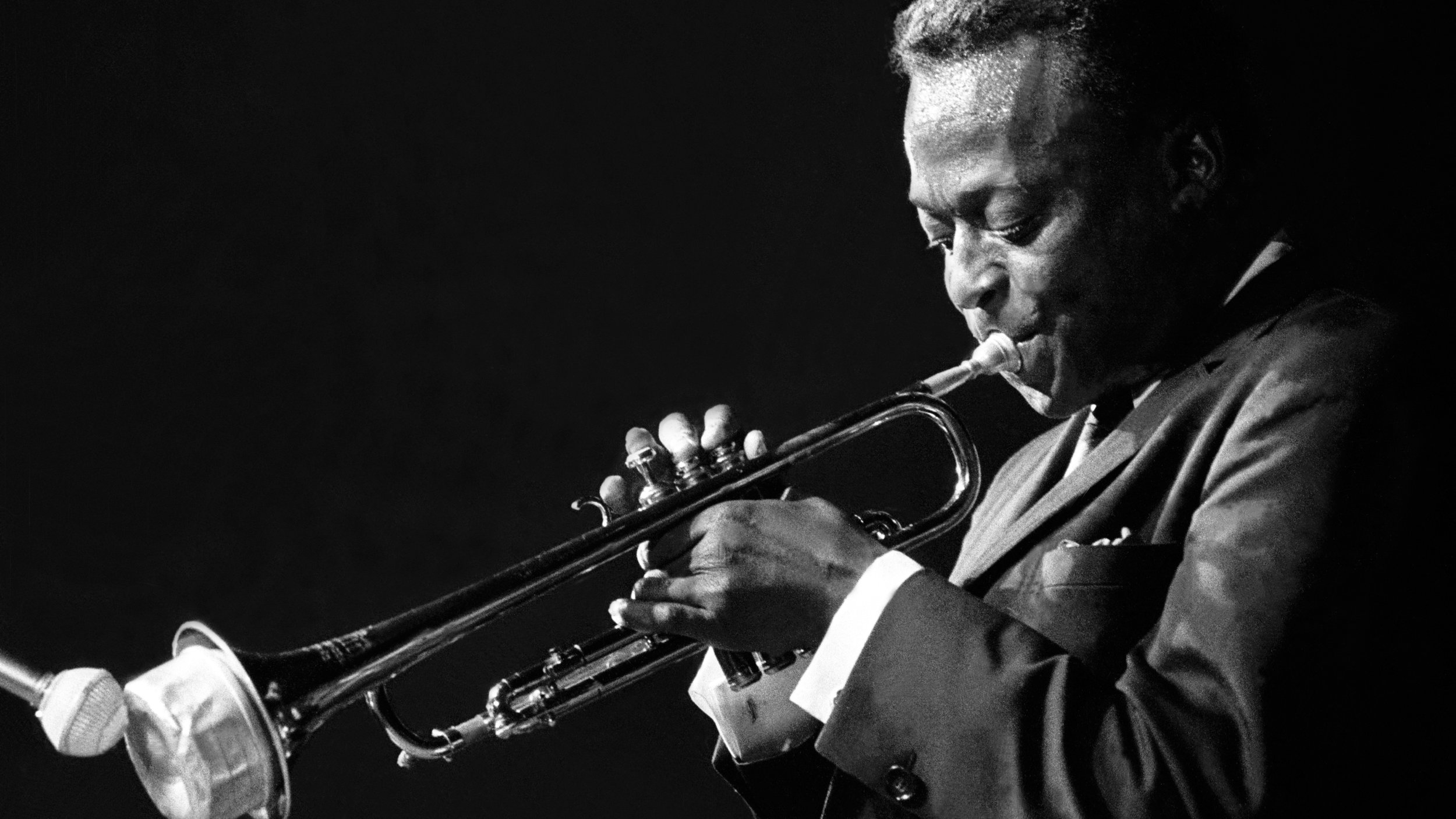MILES DAVIS
Miles Davis (May 26th, 1926 - September 28th, 1991) is among the most influential and acclaimed figures in the history of 20th Century music. He was instrumental in the development of jazz and adopted a variety of musical directions in a five-decade career that kept him at the helm of major stylistic developments and a changing concept of jazz. He began his career at a young age, filling in with Billy Eckstine’s big band while still in high school before heading to the prestigious Julliard School, which he later dropped out of with his father’s permission to become a full time musician in 1945.
Davis made waves in the music world that rippled throughout genres, but he never played rock or rhythm & blues, though he experimented with funk grooves on 1972’s On the Corner and in some of his later bands. It is important to note that Miles Davis did not make jazz-rock. Davis played jazz, period.
Influenced by the funky sounds of James Brown and Sly and the Family Stone, as well as the amplified rock bands of the era, Miles mixed it all with his restlessly innovative improvisations, creating a whole new musical blend. He possessed one of the most gifted curious minds in music history; compromise was not in his blood.
The innovations that he brought to music in the second half of the 20th Century were profound in their scope and consequences. With The Birth of the Cool, a series of sessions cut with a nine-piece band in 1949 and 1950, Davis tempered bop’s heat with a more supple, serene lyricism. As Robert Palmer wrote many years later, “The Birth of the Cool initiated a still evolving exchange of ideas between jazz and European classical music.”
Davis recorded several albums with his sextet during the Fifties, including Porgy and Bess and Kind of Blue, his final album of the decade released in 1959. Now considered one of the greatest jazz albums ever recorded, Kind of Blue is credited as the largest-selling jazz album of all time, selling more than 2 million copies. The album included the classic originals All Blues, So What, and Flamenco Sketches.
Sketches of Spain, a large scale orchestral project, appeared a year later. It was the apex in a series of expressive collaborations with arranger/composer Gil Evans. Both albums highlighted Davis’ painterly approach to his music. Unsurprisingly, painting would later become another mode of self-expression for Davis.
His work intrigued a sizable segment of rock’s more ambitious fans in a way that no other serious jazz figure had ever done, not posthumously, but while he was alive and making some of his most challenging music. In particular, the boldly experimental soundscapes of Davis’ 1969 album Bitches Brew spoke to the sensibilities of rock fans who had been digesting the Grateful Dead’s expansive improvisations. Davis was acutely attuned to his environment and he once remarked, “We play what the day recommends.”
Throughout the next two decades, Davis would continue to embrace and incorporate popular styles of music into his work, even putting his own spin on radio’s biggest hits and collaborating with hip-hop producers while enjoying his well deserved status as one of the music world’s most charismatic and innovative figures.
He actively toured and recorded up until his passing in 1991, marking the final coda of one of the most extraordinary careers in music. Miles Davis was an eight time Grammy award winner, was inducted into the Rock & Roll Hall of Fame and received other awards and honors. For a continued and more in-depth look into the legendary history and biography of one of the greatest musicians of our time please visit the official website milesdavis.com.
Content from: Rock & Roll Hall of Fame/Biography/Biography.com/Miles Davis Concord.com/Miles Davis



